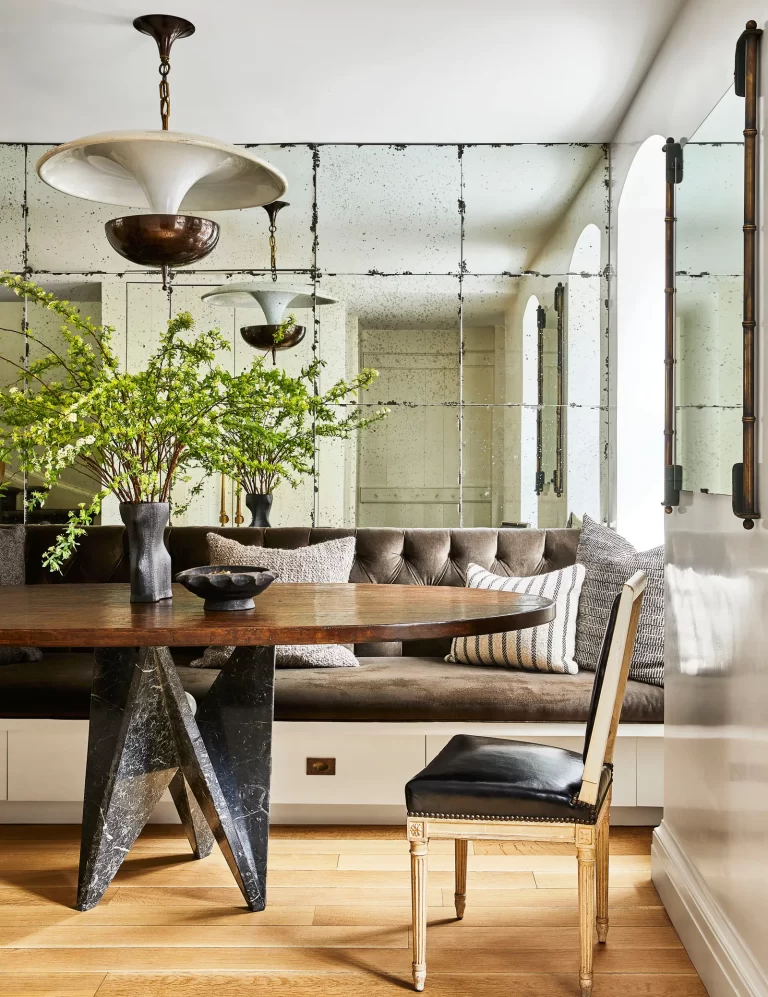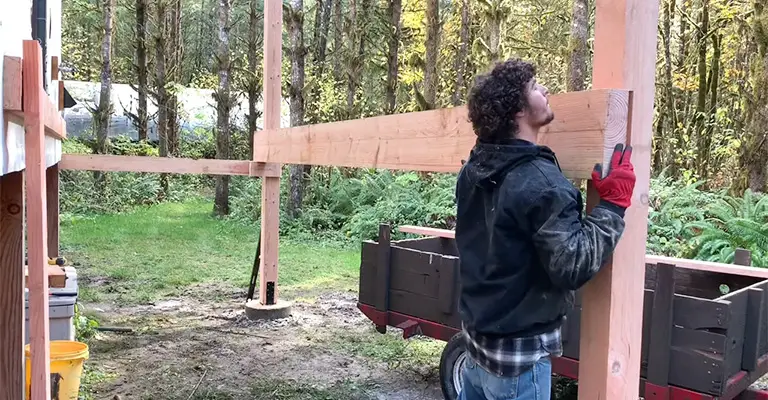6×6 publish bracing: Methods and Finest Practices
The aim of this text is to offer data and steerage on the assorted strategies and finest practices for 6×6 publish bracing. This contains an outline of the various kinds of bracing strategies, in addition to the supplies and instruments wanted for correct set up.
Moreover, this text will focus on essential issues and suggestions for guaranteeing stability and longevity of the bracing.
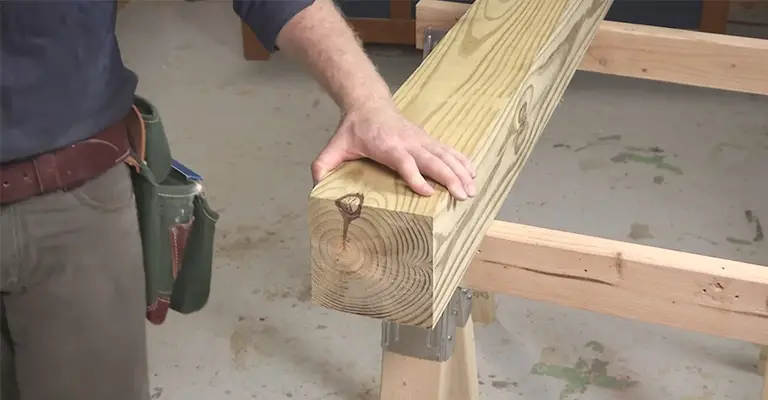
Significance of Correct 6×6 Publish Bracing
Correct bracing of 6×6 posts is crucial for the structural integrity and security of any deck or constructing that makes use of these posts.
The posts are chargeable for supporting the load of the construction, and with out correct bracing, they will change into unstable and fail. This may result in severe damage or injury to the property.
Moreover, not following native constructing codes, won’t cross inspection and will result in additional prices. Bracing additionally helps to forestall the posts from warping or twisting over time because of climate and different environmental elements, thus prolonging the lifetime of the construction.
It is essential to make use of the suitable strategies and observe finest practices when putting in 6×6 publish bracing to make sure the protection and stability of the construction.
Methods for 6×6 Publish Bracing
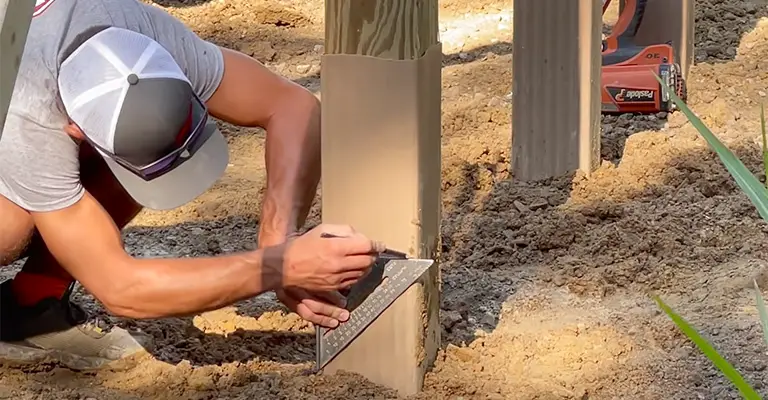
Cross Bracing
Cross bracing entails the set up of diagonal braces between reverse corners of the posts to offer added stability.
The cross bracing helps to switch the load of the construction throughout a number of posts and prevents the posts from buckling underneath stress.
Supplies wanted
To put in cross bracing, you will have the next supplies:
- Lumber (2×4 or 2×6)
- Galvanized or stainless-steel brackets or angles
- Screws, or nails and a hammer
Set up directions
- Measure and mark the posts the place the diagonal braces will probably be put in.
- Minimize the lumber to the suitable size, usually 45 diploma angle.
- Connect the brackets or angles to the posts on the marked areas, ensuring they’re degree.
- Set up the diagonal braces, securing them to the brackets or angles with screws or nails.
Knee Bracing
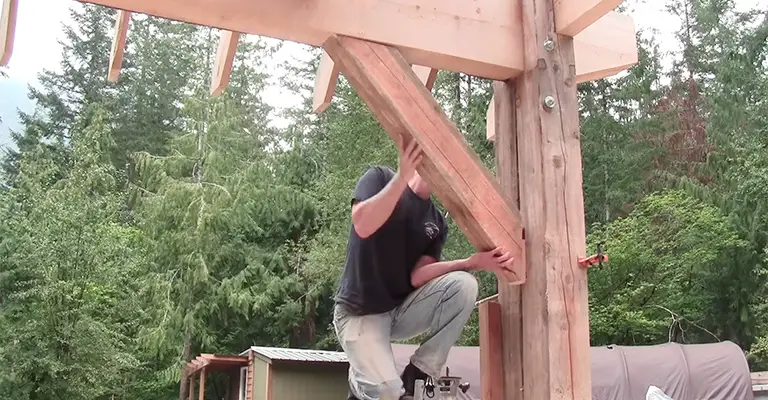
Knee bracing is a technique that entails the set up of a horizontal brace between two posts. This method helps to forestall the posts from shifting or twisting in reverse instructions, offering added stability to the construction.
Supplies wanted
To put in knee bracing, you will have the next supplies:
- Lumber (2×4 or 2×6)
- Galvanized or stainless-steel brackets or angles
- Screws, or nails and a hammer
Set up directions
- Measure and mark the posts the place the horizontal brace will probably be put in.
- Minimize the lumber to the suitable size, which is able to sit between the 2 posts.
- Connect the brackets or angles to the posts on the marked areas, ensuring they’re degree.
- Set up the horizontal brace, securing it to the brackets or angles with screws or nails.
Rigidity Bracing
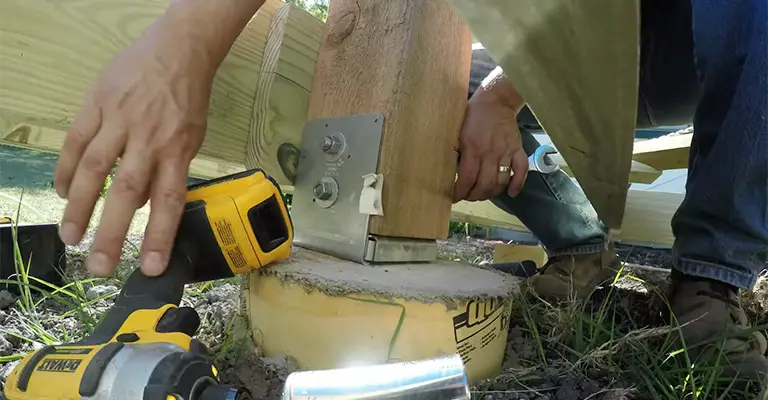
Rigidity bracing is a technique that entails the set up of a cable or rod underneath stress between two posts. This method helps to forestall the posts from shifting or twisting in reverse instructions, offering added stability to the construction.
Supplies wanted
To put in stress bracing, you will have the next supplies:
- Cable or rod
- Tensioning gadget
- Galvanized or stainless-steel brackets or angles
- Screws or nails
Set up directions
- Measure and mark the posts the place the cable or rod will probably be put in.
- Set up the brackets or angles to the posts on the marked areas, ensuring they’re degree.
- Thread the cable or rod by means of the brackets or angles, and fix the tensioning gadget to 1 finish.
- Apply stress to the cable or rod with the tensioning gadget, guaranteeing that the cable or rod is tight.
- safe the cable or rod with screws or nails to the bracket or angle.
Observe: These are fundamental directions and It is essential to verify native constructing codes and seek the advice of professionals earlier than putting in the bracing techniques.
Diagonal Bracing
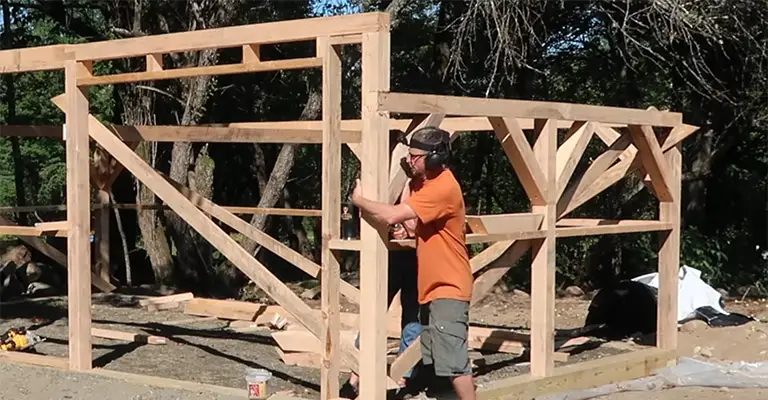
Diagonal bracing is a technique that entails the set up of a diagonal member between the highest nook of a publish and the underside nook of one other publish or beam.
It helps to withstand lateral forces and stop posts from twisting and buckling. Diagonal bracing can be used along with different bracing strategies resembling cross-bracing, knee-bracing and tension-bracing to offer added assist and stability to the construction.
Supplies wanted
To put in diagonal bracing, you will have the next supplies:
- Lumber (2×4 or 2×6)
- Galvanized or stainless-steel brackets or angles
- Screws, or nails and a hammer
Set up directions:
- Measure and mark the posts or beams the place the diagonal member will probably be put in.
- Minimize the lumber to the suitable size for the diagonal member, usually 45 diploma angle.
- Connect the brackets or angles to the posts or beams on the marked areas, ensuring they’re degree.
- Set up the diagonal member, securing it to the brackets or angles with screws or nails.
Observe: These are fundamental directions and It is essential to verify native constructing codes and seek the advice of professionals earlier than putting in the bracing techniques.
Finest Practices for 6×6 Publish Bracing
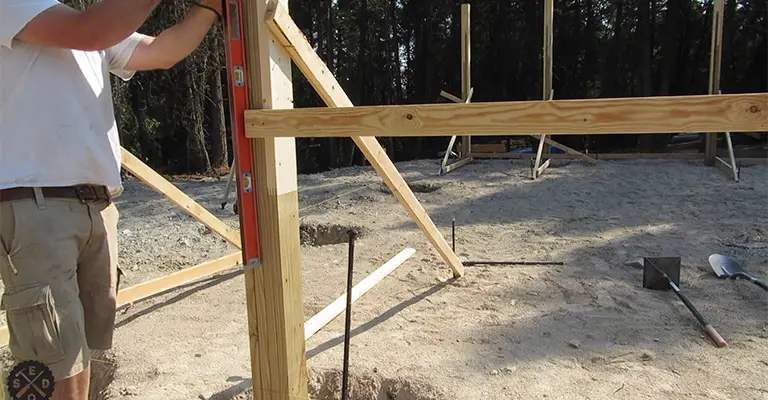
Listed below are some finest practices for publish bracing mentioned.
Correct spacing and alignment
To make sure stability and security, it is essential to take care of the suitable spacing and alignment of the posts. This contains ensuring that the posts are degree and plumb, and that they’re spaced on the appropriate distance aside to offer satisfactory assist for the construction.
Use of acceptable {hardware} and connectors
To make sure the structural integrity and security of the bracing, it is essential to make use of acceptable {hardware} and connectors.
This contains utilizing galvanized or stainless-steel brackets, angles, or different connectors which might be rated for the load and circumstances of the construction.
Moreover, it is essential to make use of the proper sort and dimension of screws or nails for the lumber and connectors getting used.
Significance of standard inspections:
Common inspections of the bracing needs to be carried out to verify for any indicators of wear and tear, injury, or structural failure. If any points are detected, they need to be addressed instantly to take care of the protection and stability of the construction.
Suggestions for guaranteeing stability and longevity
Some suggestions for guaranteeing the steadiness and longevity of the bracing embody, portray or staining the lumber to guard it from the weather, offering correct drainage and air flow across the construction, and utilizing a water repellent to guard the lumber and {hardware}.
Compliance with native Constructing codes
Compliance with native constructing codes is essential in relation to publish bracing. Constructing codes and laws are in place to make sure security, and deviations from them might end in failed inspection, fines or unsafe buildings.
It is essential to seek the advice of with an expert and procure the mandatory permits earlier than putting in 6×6 publish bracing, to ensure that your construction complies with native constructing codes.
Learn how to Trim 6×6 Deck Posts With Lateral Cross Bracing?
On the subject of trimming out 6×6 deck posts with lateral cross bracing, there are a couple of choices to contemplate. One possibility is to make use of a low-maintenance materials resembling AZEK, which will be patched along with a collection of 45-degree miters.
Nevertheless, this may increasingly require a major quantity of effort and time to finish.
An alternative choice is to make use of a coil inventory, nevertheless, as one of many discussion board consumer has talked about it can’t be used over strain handled wooden.
Another possibility, you should use L-brackets on the ends of the publish, which will be bought in quite a lot of colours and types.
It is also essential to verify native constructing codes and laws, as there could also be particular necessities for publish bracing, in addition to pointers for tips on how to trim out the posts.
Moreover, it is really helpful to seek the advice of with an expert earlier than beginning any development venture to make sure security and compliance with native codes.
FAQ
Q: How often should I check my 6×6 post bracing?
A: It’s recommended to perform regular inspections of your 6×6 post bracing to check for any signs of wear, damage, or structural failure. It’s generally a good idea to inspect the bracing at least once a year, or more frequently if you live in an area with extreme weather conditions.
Q: What is the ideal distance between the cross bracing?
A: The ideal distance between the cross bracing will vary depending on the size of the posts, the load they are supporting, and the conditions of the structure. It’s important to check local building codes and consult with a professional for specific guidelines and requirements.
Q: Can I use a 6×6 post brace for decks or only for buildings?
A: 6×6 post bracing can be used for both decks and buildings. It’s important to use the appropriate techniques and follow best practices when installing 6×6 post bracing to ensure the safety and stability of the structure, regardless of whether it’s a deck or a building.
Q: How do I know if my 6×6 post brace is installed correctly?
A: To determine if a 6×6 post brace is installed correctly, you can check for proper spacing and alignment of the posts, use of appropriate hardware and connectors, and compliance with local building codes. You can also consult with a professional to inspect and verify the installation.
Conclusion
This text has mentioned the assorted strategies and finest practices for 6×6 publish bracing, together with data on cross bracing, knee bracing, stress bracing and diagonal bracing.
It additionally supplied data on the supplies wanted for correct set up and the significance of standard inspections and compliance with native constructing codes.


